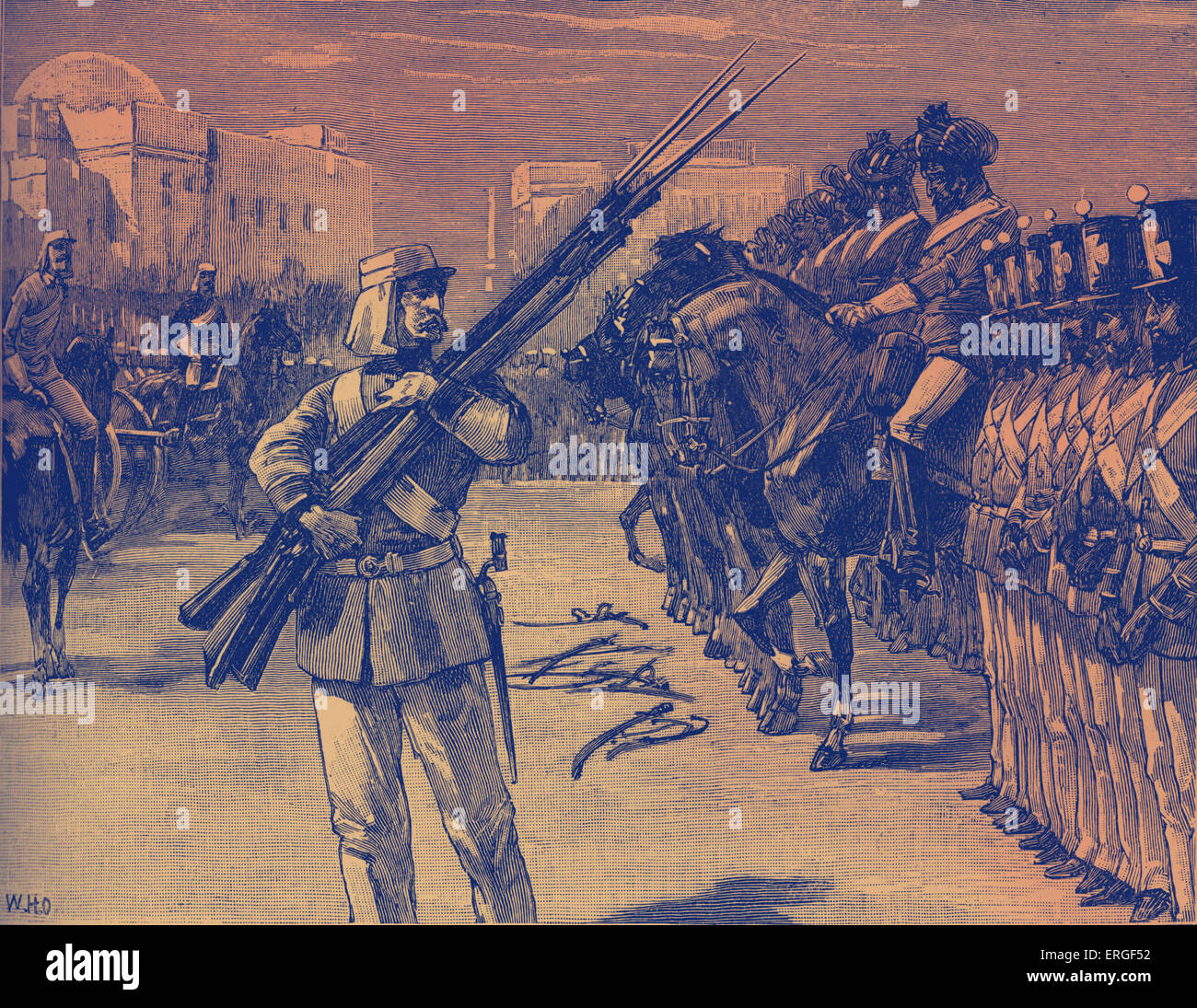

The Monghyr Mutiny (also known as the White Mutiny) occurred among European officers of the East India Company stationed in Bengal in 1766. The British posts at Allahabad, Patna (Bankipore), Monghyr and Calcutta are shown Nonetheless, the more violent anti-colonial organisations formed in the years before and after World War I influenced both anti-colonial politics and imperial security right up until India’s independence and partition in 1947.Map showing Bengal and surrounding states in 1765. This is the context in which Mohandas Gandhi (usually called Mahatma out of respect) emerged to lead the Indian nationalist movement, which he rallied with a message of peaceful non-cooperation and non-violent resistance. This provoked outrage among the majority of the Indian population, who viewed it as an insult to their loyal service during the war.Īt a gathering in Amritsar in April 1919, imperial troops opened fire on a crowd of unarmed protesters, killing at least 379 people and sparking nationwide anger.
#Indian mutiny trial
The proposed legislation permitted suspects to be interned without trial and allowed political cases to be tried without juries. As the war measures expired, the colonial government implemented the 1919 Rowlatt Act in an effort to extend executive powers into the postwar period. India’s revolutionary organisations did not vanish after World War I. With the implementation of strict wartime legislation such as the Defence of India Act, 1916 was a turning point for the revolutionary campaign, which was driven underground by imperial intelligence services, who detained several hundred suspected revolutionaries. Like the February uprising, the Christmas Day plot was detected and foiled by the colonial intelligence services, which had expanded their operations to a global scale in response to the transnational reach of Ghadar. It was timed to coincide with another planned uprising in Burma, then still a part of British India, and a raid on the prison islands of the Andamans, in which incarcerated radicals would be liberated to take up arms against the British. They planned to land a huge arms shipment in Calcutta on Christmas Day. The following month, Ghadar revolutionaries in the US acquired two ships, the Annie Larsen and the Maverick.

Bose was forced to flee India, escaping to Japan where he would live out the rest of his life in exile. The plot was foiled after a British-paid spy penetrated the organisation, prompting a huge crackdown in which hundreds of radicals were detained. Led by Rash Behari Bose, a veteran revolutionary who had personally attempted to assassinate the Viceroy of India in 1912, the revolutionaries tried to convince the Indian Army to mutiny by disseminating propaganda in Lahore, Rawalpindi, and Meerut. In February 1915, revolutionaries connected to the Ghadar party attempted to overthrow British rule through an ambitious uprising across northern India. By the summer of 1914, the Ghadar Party they founded was an international organisation, with more than 6,000 members and networks throughout North America, Europe, and Asia.Ī Hindustan Ghadar article from March 1914. On November 1 1913, Indian revolutionaries living in San Francisco published the first issue of Ghadar, or Mutiny, a radical weekly newspaper that quickly developed a global readership. Later, after colonial officials decided to partition the prosperous province of Bengal in 1905, non-violent forms of popular protest were accompanied by the growth of secret cells of revolutionaries who sought to undermine British imperial authority using targeted assassinations and bomb attacks.Įven though the partition was annulled in 1911, the revolutionary organisations it spawned did not disappear. In 1897, two brothers assassinated WC Rand, a civil service officer responsible for dealing with an outbreak of bubonic plague in the city of Pune, whose measures of forced home entry, bodily examinations and segregation were considered extremely heavy-handed. While the events of 1857 were described by the colonial authorities in various terms including “mutiny”, “rebellion” and “insurgency”, the first act of anti-colonial violence to be given the label of “terrorism”, was carried out 40 years later.


 0 kommentar(er)
0 kommentar(er)
